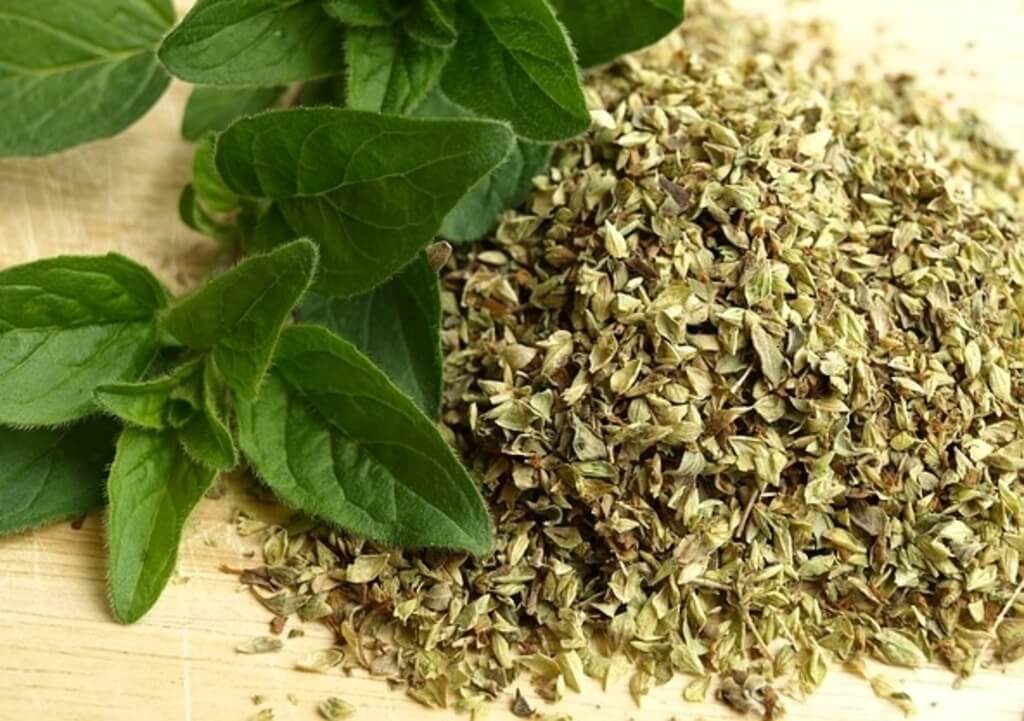50 Fun Facts About Oregano (Photos, ID, & Information)
Oregano is a perennial herb that has been used for centuries. It grows in dry, hot climates and can be grown year-round indoors or outdoors. It’s believed to have many health benefits including helping with respiratory problems, preventing cavities, relieving heartburn, killing intestinal parasites and more!
Let’s explore 50 fun facts about oregano with photos ID & information below.
Table of Contents
Overview
- Order: Lamiales
- Family: Lamiaceae
- Genus: Origanum
- Tribe: Mentheae
- Binomial Name: Origanum vulgare
- Scientific Name: Origanum vulgare
- Plant Type: Perennial herb.
- Flower Color: Blue, white and pink./
- Propagation: Seeds or cuttings
- Plant Height: 12-30″ inches.
- Plant Spread: 18″ inches.
- Zones: 5-10.
- Blooming Period: Mid to late summer.
Plant Description
The oregano herb plant grows from a deciduous, branching, and flowering stem. This woody perennial grows 12-30″ inches in height, with leaves that measure from 1-4 cm long.
The shape of the leaves can be ovate or lanceolate depending on the type of oregano herb plant being grown. Oregano herb flowers may be reddish purple or pinkish purple in color and have a diameter measuring about ¾ an inch.

Fun Facts About Oregano
- Oregano is a herb that can be used both in cooking and as a natural remedy.
- Oregano is a flowering plant in the mint family.
- There are over 40 species of oregano plants with varying degrees of flavor potency.
- Oregano has been used for centuries to treat stomach and nervous system problems.
- It’s easy to confuse oregano (Origanum vulgare) with marjoram (Origanum majorana).
- Oregano contains vitamins A, C, and K as well as iron, calcium, magnesium, manganese and potassium.
- The name “oregano” comes from the Greek word “Oros,” which means mountain in English.
- Today, oregano is used as a decorative plant for ornamental gardens and window boxes.
- The use of oregano as a flavoring agent dates back to about 2000 BC.
- It can be used to help fight heartburn and indigestion caused by spicy food. In-fact, about 75% of people surveyed believe oregano can help with that problem.
- You can use oregano in a variety of ways: as a herb, as a tea bag, or as an oil.
- It’s the number one herb in the Mediterranean region.
- Oregano can help treat anemia and arthritis, and it’s also effective when used to treat respiratory infections and coughs.
- The leaves of oregano are dried before they’re used in cooking or when used medicinally.
- Oregano is a woody perennial plant that grows up to 2.5 feet in height.
- This herb can grow in many types of soil, including poor soil conditions such as clay soil and rocky areas. It prefers areas with full sun exposure, although it will tolerate shade.
- Oregano is used as a culinary herb to enhance the flavor of meats, vegetables, and soups. It can help to increase iron levels in the blood.
- The active ingredient in oregano is the essential oil.
- Oregano is a good pain reliever.
- In Ancient Greece, oregano was believed to cure most ills, including snake bites and scorpion stings.
- Oregano is a widely used herb in Mexican cooking.
- Oregano is an excellent insect repellant and makes a decent pesticide in the garden because of its high content of thujone, a plant toxin that deters most insects from eating them.
- Oregano is one of the most widely used herbs in culinary applications.
- The majority of oregano available in supermarkets is actually Mexican Oregano, not regular Oregano.
- The potent flavor of oregano comes from terpenes present in the plant.
- You can grow oregano in small pots at home, and it is good for your health because of its antioxidants and medicinal properties. You can also dry your own fresh oregano to use later on.
- Oregano is the most frequently used culinary herb in Europe.
- It was believed that oregano would be good for the digestion when it was mixed with honey.
- Oregano was once called “Roman snuff” because of its close resemblance to snuff due to its odor and taste, and also because of how it’s employed in cooking.
- Oregano can also be used as an antiseptic, and insect repellant.
- Oregano is one of the herbs used in phytoestrogens.
- The scientific name of oregano is Origanum vulgare, Greek name is “Oros”, Latin name is Origanum heracleoticum, it’s botanical name is Origanum tauricum.
- Ancient Greeks used it as an aphrodisiac.
- Dried oregano was burned by ancient Egyptians during mummification.
- Oregano can be found growing all over Europe, North Africa and Asia Minor.
- Oregano was considered a symbol of happiness by the ancient Greeks.
- In some cultures, including Italy, where it originated from, dried oregano leaves are rubbed on meats before cooking them.
Related Articles:







